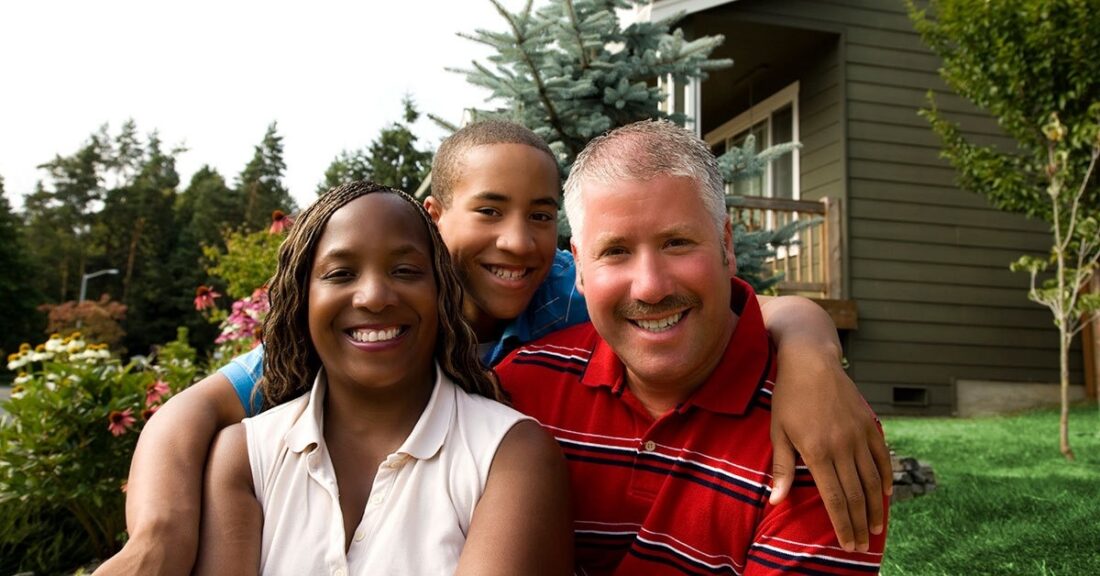Study: Team Decision Making Associated With Better Child Welfare Outcomes

Team Decision Making™ (TDM ) — a practice model designed to help child welfare agencies build better safety plans for kids — just passed its toughest test yet.
A multiyear evaluation by Child Trends found that, when agencies used the TDM model, children were less likely to be removed from their homes and other key stakeholders — parents, families, caseworkers and community representatives — reported feeling satisfied with the approach.
The Annie E. Casey Foundation developed TDM in the 1990s, and the Child Trends evaluation stands as the most comprehensive and rigorous review of the model to date.
“Over the past two decades, research has shown the benefits of TDM,” says Suzanne Barnard, director of Casey’s Evidence-Based Practice Group. “Although encouraging, the findings from earlier studies lacked a control group that would strengthen the evidence of the difference TDM made for children and families.”
The TDM Model for Making Child Welfare Decisions
Child welfare agencies — and often lone caseworkers — have the difficult task of trying to balance the trauma of separating that a child from their family with the risk of harm due to a safety concern at home. TDM helps frontline workers make the most informed decisions possible about child removal, change of placement, reunification and other permanency plans.
READ A JOURNAL ARTICLE ABOUT THE EVALUATION
In TDM, caseworkers, parents, family and community members meet to identify and assess both the risks to a child’s safety and the family’s strengths and assets. A trained facilitator helps the group discuss the child’s circumstances at home, explore solutions and agree on next steps. In ideal situations, this meeting takes place while a child is still living at home. In emergency situations, a child is removed from their home for safety reasons and their TDM meeting occurs after placement.
The Child Trends evaluation examined TDM’s effect on child welfare outcomes and on caseworkers’ perceptions of the practice in two Missouri counties from 2015 to 2019. The sample population included 1,423 children, randomly assigned to either a treatment group receiving TDM or a control group receiving standard investigation services only. Because Missouri lacked the resources to serve all families eligible for TDM, randomization was feasible.
Findings From Child Trends’ Study on Team Decision Making
Among the evaluation’s key findings:
- When compared to their control group peers, children in the treatment group were less likely to be removed from their home one year after a TDM meeting.
- There is no evidence that children in the treatment group were more likely than their control group peers to experience abuse or neglect.
- When compared to their colleagues in the control group, caseworkers involved in TDM were more likely to report having sufficient information to make a placement decision.
“This study provides needed evidence that TDM is a useful and helpful practice and one that is of benefit to the child welfare field,” the researchers at Child Trends concluded.
In January 2020, implementation support and training responsibilities for TDM shifted from the Casey Foundation to the National Council on Crime & Delinquency’s Children’s Research Center, now known as Evident Change. Despite this move, the Foundation’s commitment to building evidence for programs aimed at improving child and family well-being — TDM included — endures.






